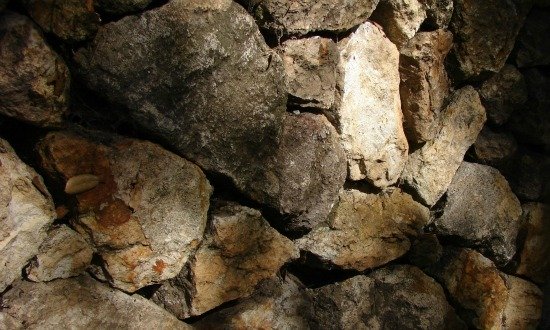Dry Stone Walls
The character of dry stone walls is generally rural and regional because they were traditionally used as field borders in agrarian communities throughout the world. Depending on the color, and quality of material selected, the look of these structures can vary enormously. The naturally occurring irregularities of rocks can give a garden wall unique character. Even when set with precision they will have rich textures and uneven shadows on their faces. The spaces between may even hold deposits of earth that invite sprawling plants to take root.
If you are going to do it yourself, keep in mind that when building a mortarless wall, the stones that provide the most stability tend to be flatter and less rounded. In addition, the structure should not exceed waist height because there will be no mortar holding everything in place.

The foundation for these garden features are generally minimal and consist of only large slabs fixed beneath ground level. After the foundation has been set deeply enough the structure should be constructed in two halves, with the center filled with rubble. Bigger stones should be used at the bottom and smaller ones towards the top, making sure that the faces lean slightly inward. The wall can be reinforced with the addition of through stones running from side to side as you build. Spaces can also be filled with slivers of rock. Constructing one of these garden features is not necessarily an easy job, thus it is not necessarily an ideal do-it-yourself project. In fact, unless you have the experience, it might be best to employ a skilled craftsman or a company that specializes in these structures.
These garden features feel like works from antiquity. Whether you choose to build it yourself or have Sarah Ray Landscape Design do the work for you, one of these structures can give a sense of permanence to your garden.